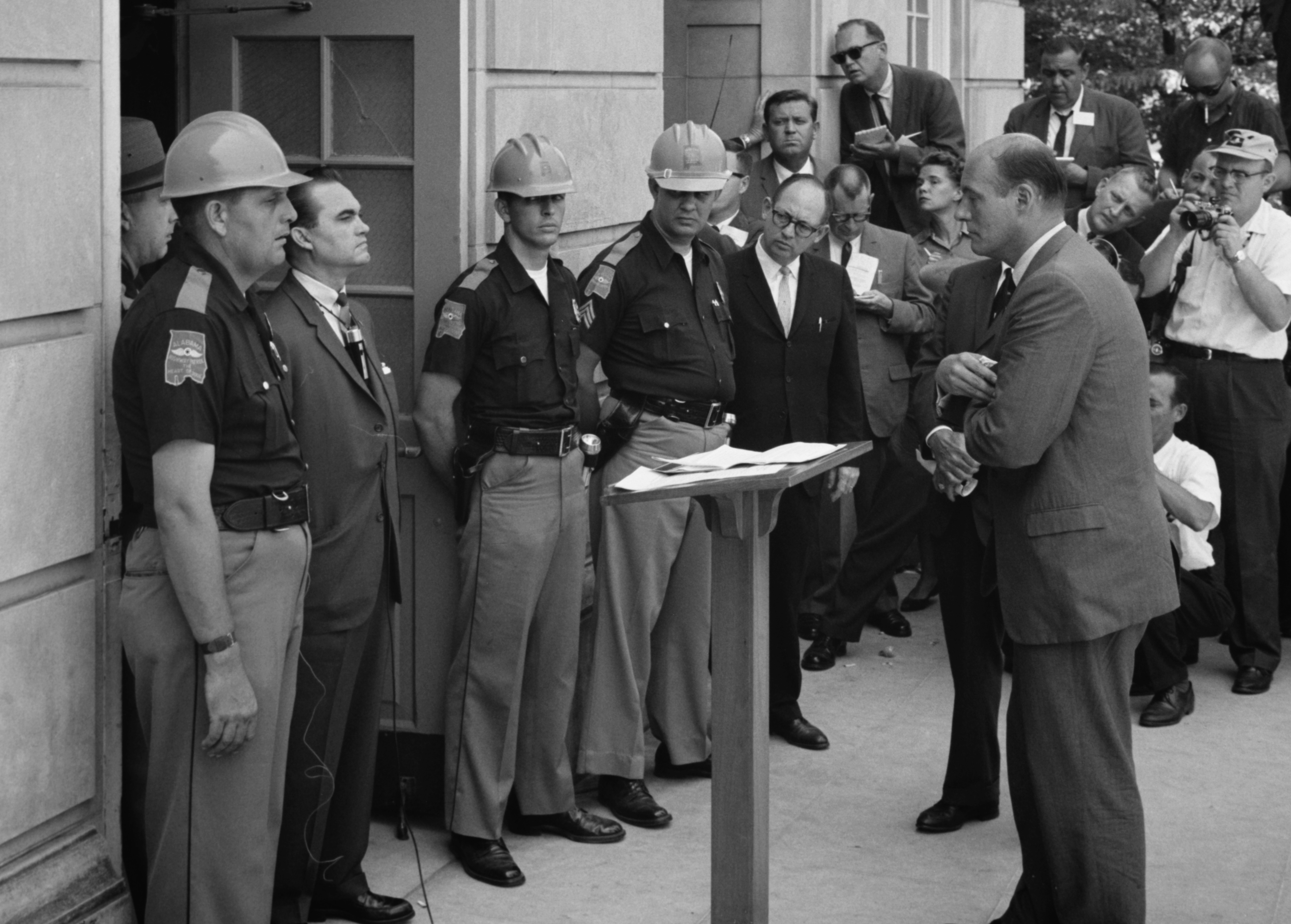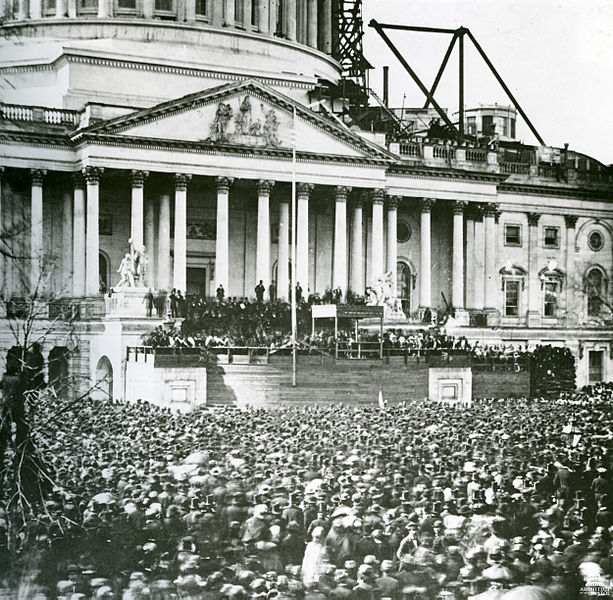Just when I thought that we had put the Turkish woman in red behind us, reader Megan has treated me to another mace in the face image – this one from Brazil. Following and feeding on the women in red, it too has gone internet viral.
I really don’t want to get into the politics here. So maybe I had better let Victor Caivano the Associated Press photographer, who took the picture tell the story: “the woman, who appeared to be a normal, middle-class university student, was standing completely alone at around 11:20 p.m. yesterday on a deserted corner after the police had cleared the area. The protest was over, riots included. Three riot officers approached the woman and told her to leave. When she resisted — the woman either questioned the order or insisted that she wasn’t doing anything wrong, she was pepper-sprayed. This policeman just didn’t think twice.”
OK. So from the point of view of this blog the picture is interesting because it represents a microcosmic change or evolution of the Turkish woman in red meme. The woman has changed. The red dress is gone. The menacing crowd is gone. The attack is if anything more direct! Hmm, so the meme of the woman in red no longer requires the woman in red?
Requires her to do what? To evoke the emotion of empathy for the victim. The act is vicious and unnecessary. If you look at the other images from these demonstrations, you can even start to sympathize with the policemen – fright, reflex, the end of a long day? The point is that it is mean and an over reaction. Yes, it could be worse. They could have shot her in the face. But to me the excessive degree and essential meanness and dehumanization of the victim are the keys here. To me the point of this picture is that we would be a lot better off if there were more projection of ourselves into other people’s shoes, more empathizing and understanding, less pepper spray. I apologize if I appear to have gone too far off topic. But the point is that this image is meant to evoke a powerful and strong reaction, and it certainly has done so in me.



